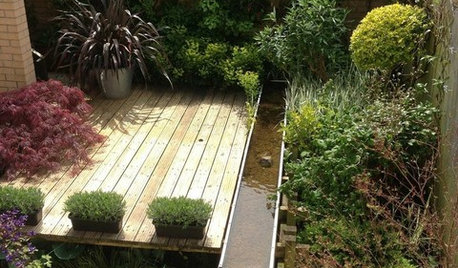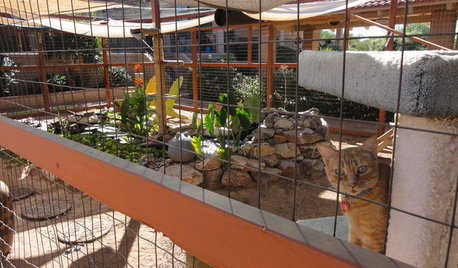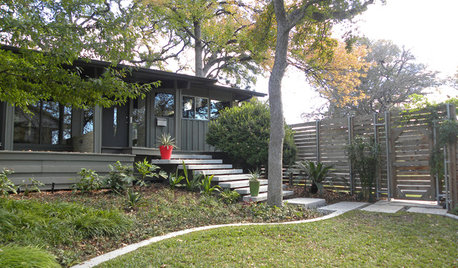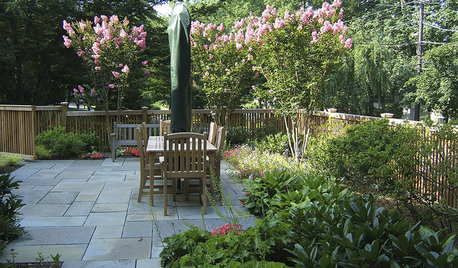Bark Destruction - Is that a hole I see?
j0nd03
12 years ago
Related Stories

BEFORE AND AFTERSSee 6 Yards Transformed by Losing Their Lawns
Wondering whether a turf lawn is the best use of your outdoor space? These homeowners did, and they found creative alternatives
Full Story
LANDSCAPE DESIGNSee Chelsea Flower Show Ideas Flourishing in a Real Backyard
Can trends in high-design show gardens translate to everyday yards? The proof is in the plantings
Full Story
PETSSee a Deluxe 'Catio' Built for Feline Fun
Sixteen lucky cats get the run of a protected outdoor patio with ramps, steps and even a koi pond
Full Story
GARDENING AND LANDSCAPINGHouzz Survey: See What Homeowners Are Doing With Their Landscapes Now
Homeowners are busy putting in low-maintenance landscapes designed for outdoor living, according to the 2015 Houzz landscaping survey
Full Story
HOUZZ TOURSMy Houzz: A 'Home of the Future' Finds Present Perfection
Rescued from the brink of destruction, a 1965 home gets a complete, thoughtful overhaul from a Dallas couple
Full Story
GARDENING GUIDESGreat Design Plant: Crape Myrtle
With long-lasting blooms and gorgeous exfoliating bark, this ornamental tree brings bright color and a unique form to the landscape
Full Story
PETSDealing With Pet Messes: An Animal Lover's Story
Cat and dog hair, tracked-in mud, scratched floors ... see how one pet guardian learned to cope and to focus on the love
Full Story
ARTShow News: Rare Quilts Get Museum Time
See 6 intricate designs from a California exhibition and get tips for building your own quilt collection
Full Story
PETSHow to Help Your Dog Be a Good Neighbor
Good fences certainly help, but be sure to introduce your pup to the neighbors and check in from time to time
Full Story
PETSSo You're Thinking About Getting a Dog
Prepare yourself for the realities of training, cost and the impact that lovable pooch might have on your house
Full StoryMore Discussions








hortster
arktrees
Related Professionals
Danbury Landscape Architects & Landscape Designers · Edmond Landscape Architects & Landscape Designers · Arnold Landscape Architects & Landscape Designers · Coeur d'Alene Landscape Contractors · Hawthorne Landscape Contractors · Pikesville Landscape Contractors · Reedley Landscape Contractors · Seymour Landscape Contractors · Washington Landscape Contractors · Agoura Siding & Exteriors · Glen Burnie Siding & Exteriors · Springfield Siding & Exteriors · Grafton Decks, Patios & Outdoor Enclosures · Larkspur Decks, Patios & Outdoor Enclosures · San Antonio Decks, Patios & Outdoor Enclosuresj0nd03Original Author
arktrees
hortster
whaas_5a
arktrees
j0nd03Original Author
arktrees
hortster
arktrees
j0nd03Original Author
arktrees
j0nd03Original Author
ghostlyvision
ghostlyvision